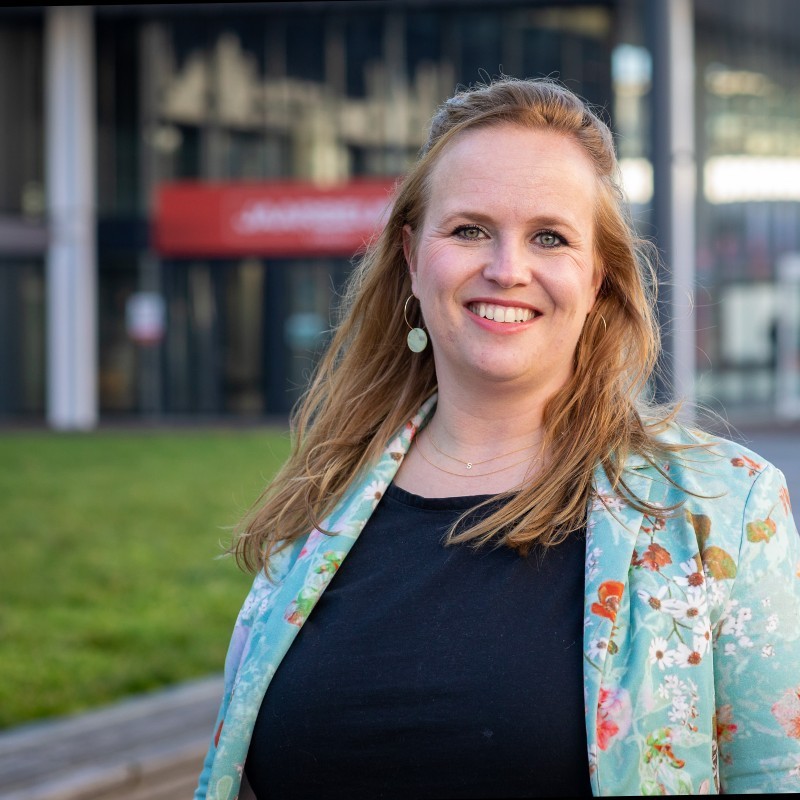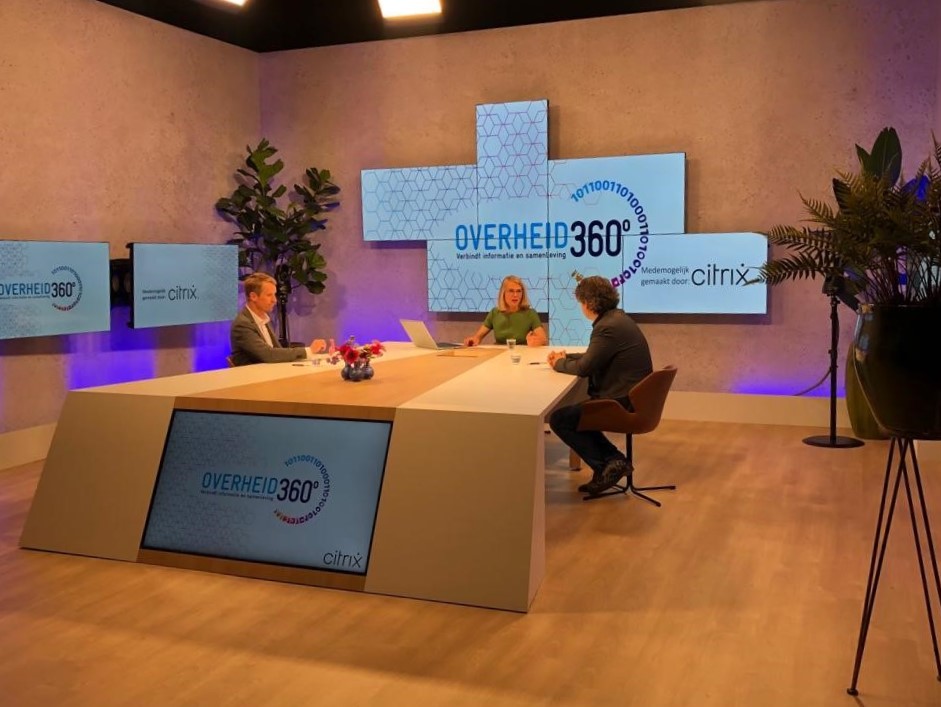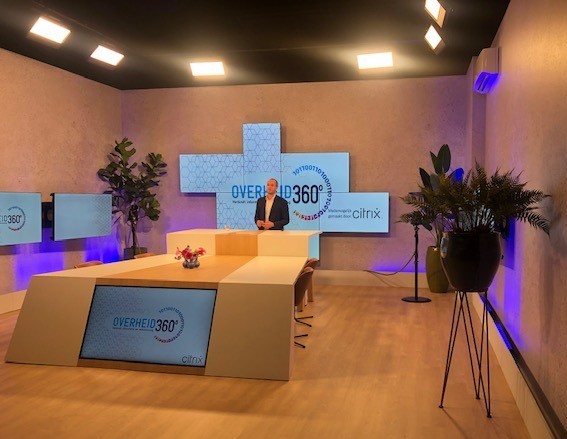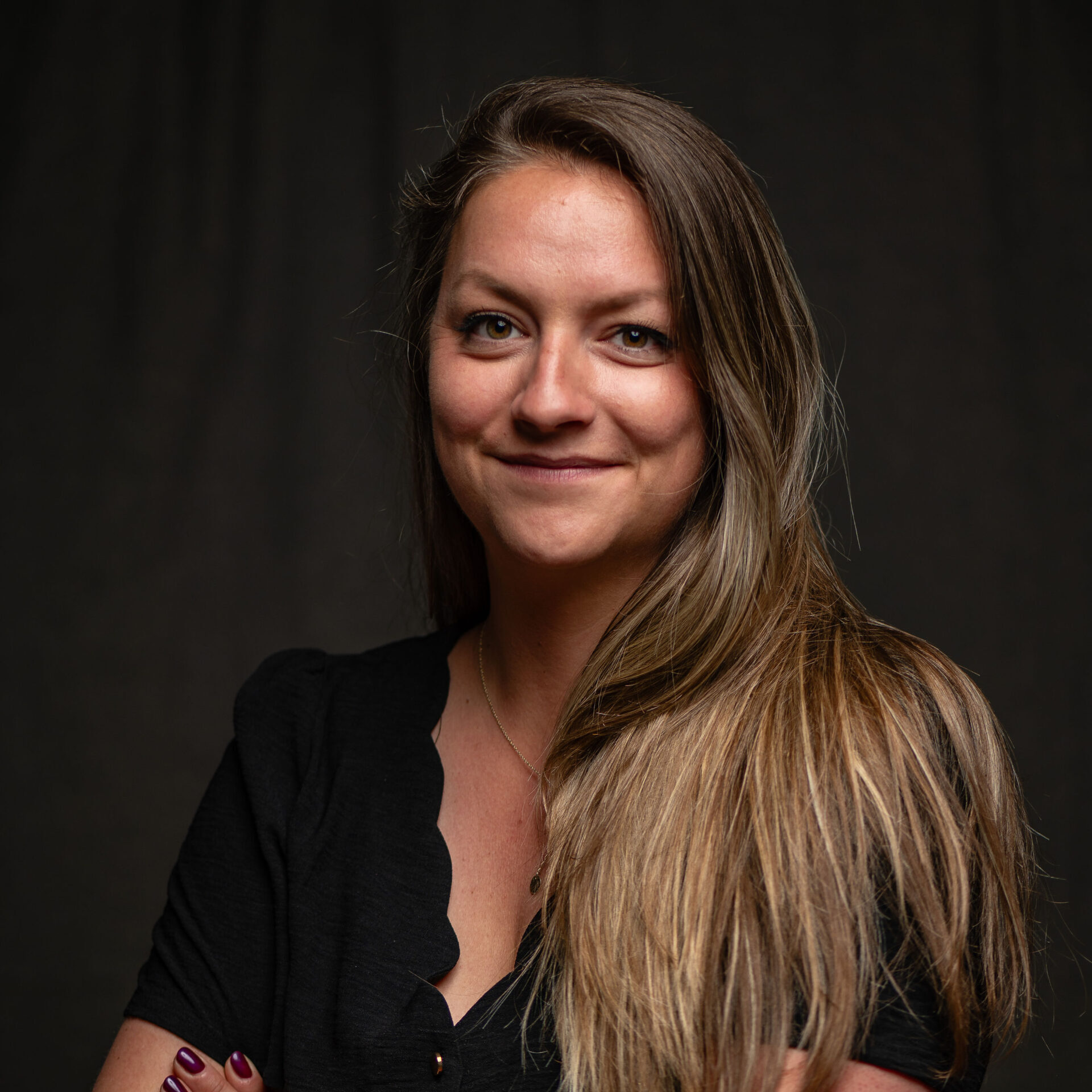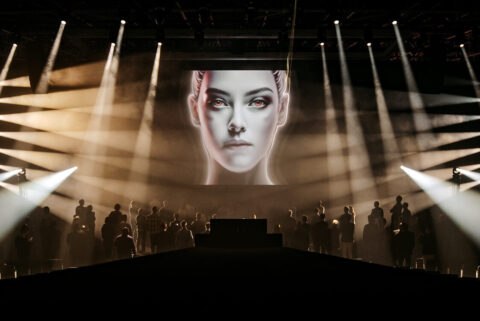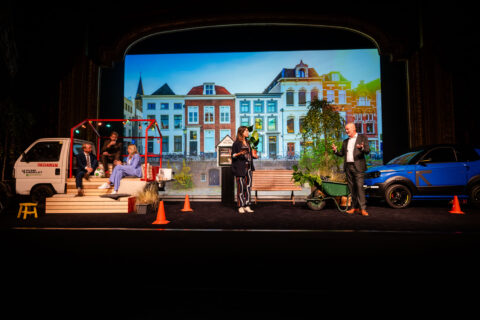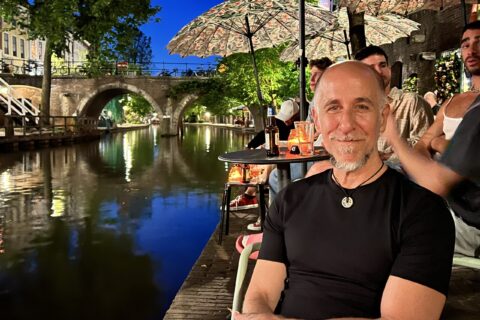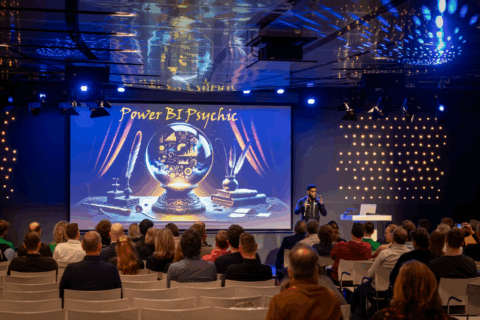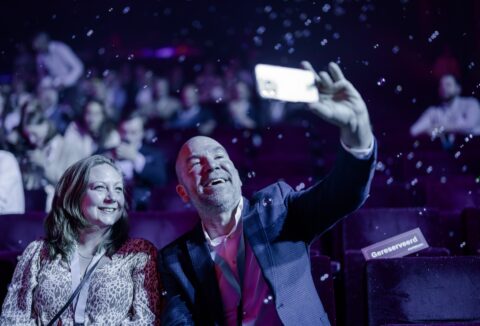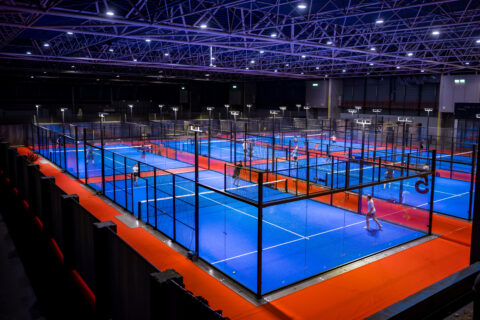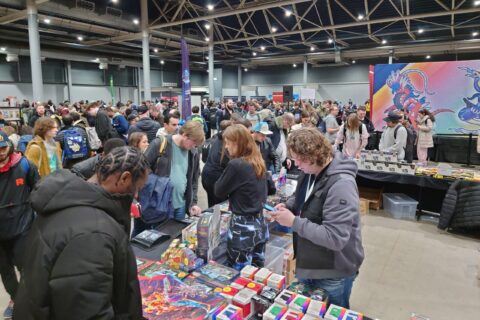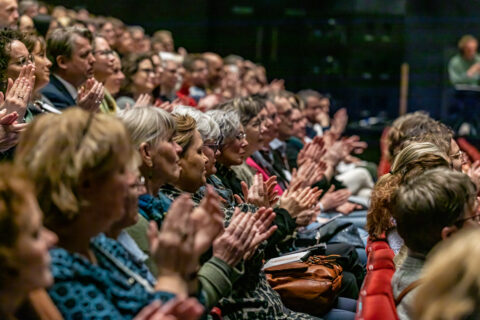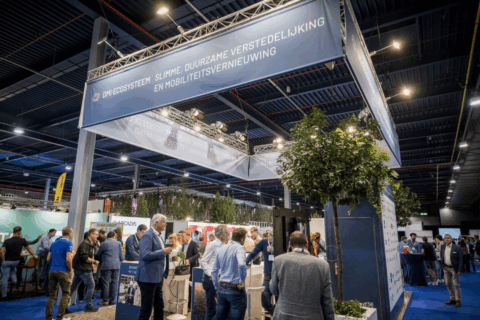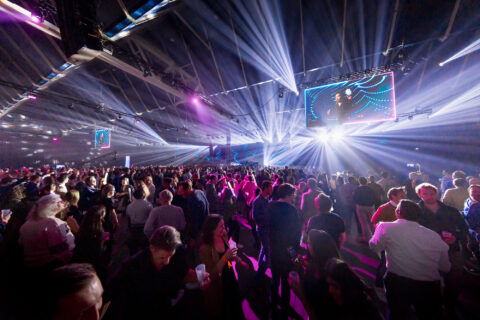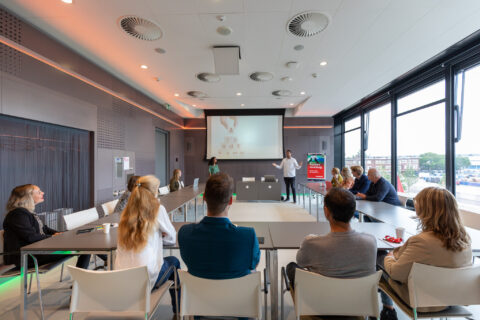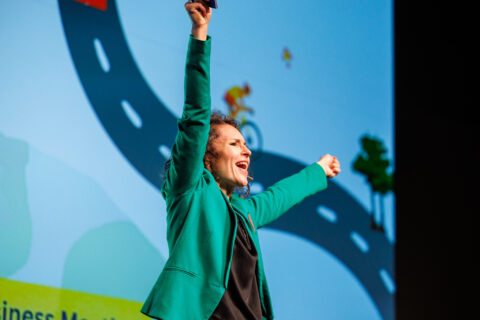From physical event to online behind a screen; it was also a bit of a switch for Jaarbeurs employees themselves. Marleen Rompen, the person ultimately responsible for the Overheid 360° congress, had to convert the physical version to an online version. She was one of the first to use the brand-new Jaarbeurs Studio. She tells us her experience with organising a digital event: 'I recommend a day chairperson to everyone.'
When it became clear that the congress could not take place physically, she decided to use her own employer's recording studio. Together with her team, she chose to extend the congress, which normally lasts one day, to three days. 'We were afraid that otherwise people would receive too much information in succession. Behind a screen you are more easily distracted, it is very easy to click that red cross.
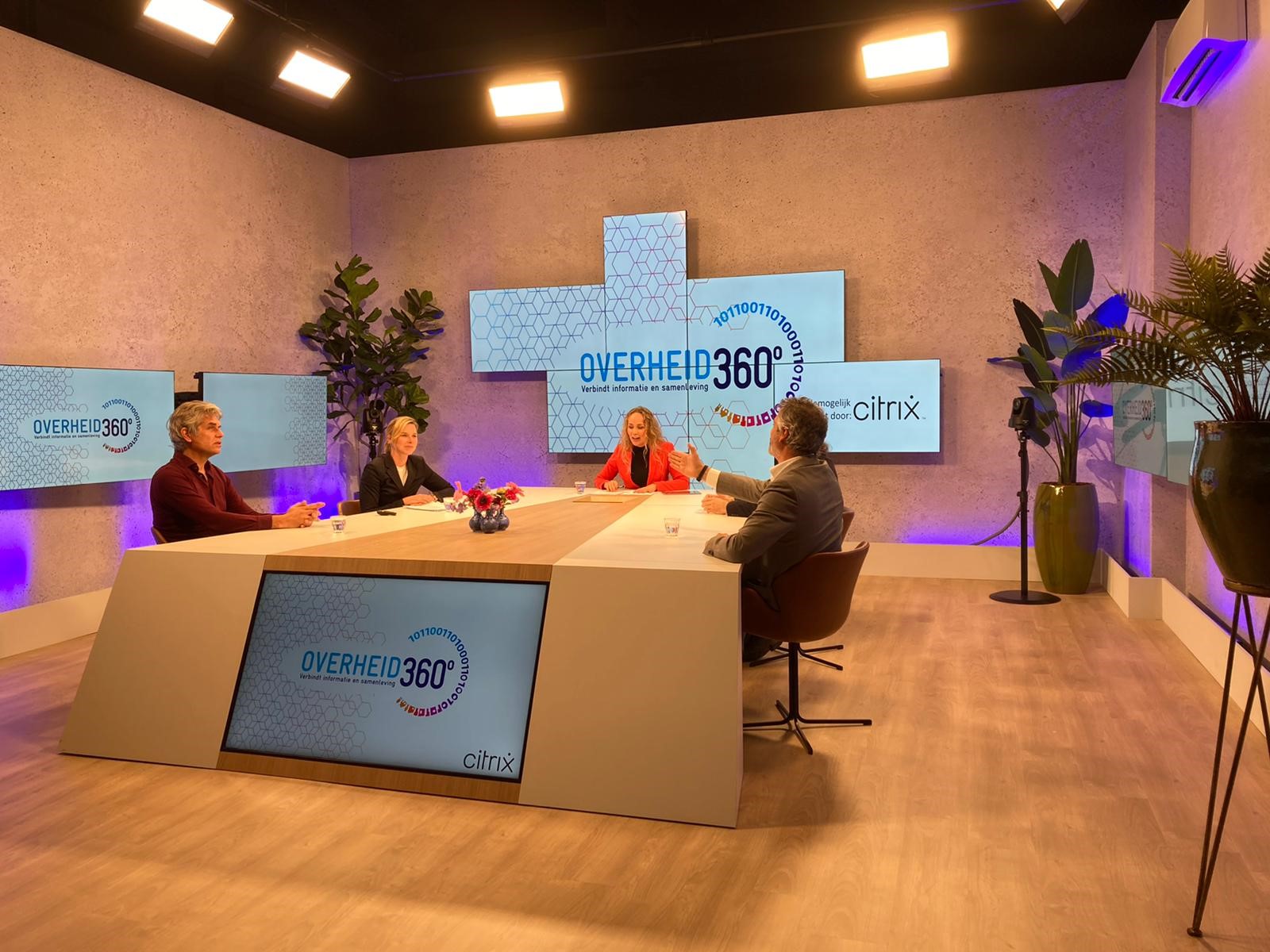
Everything is already in place
Precisely because she had little understanding of online events, Jaarbeurs Studio offered a solution. 'The studio is Plug & Play and is rented out with a technology partner. They know exactly what, where, how and how much is needed for a good broadcast. Or which setting works best for the event - at a table, behind a presentation desk or as an interview in a lounge area, for example. Actually, we only had to provide the programme, they did the rest.'
The studio is Plug & Play. For us, arranging the programme was important, they took care of the rest.
Tip: hire a chairperson for the day
And then it's finally here. Everything has been organised to perfection, everyone knows what to do. And then... the first speaker is late. Marleen: 'At a physical conference, we inform the attendees in the theatre and ask them to be patient for a while. People can then still walk around on the exhibition floor. With online, that's not possible. We were already live, so our chairman of the day had to improvise. Fortunately, she could do that well.'
A chairperson is highly recommended anyway, according to Marleen. 'At a physical event, a chairperson is essential, but online it is really crucial. He/she summarises a story, asks questions or addresses online visitors directly. Our chairman of the day asked the audience to respond in chat. Via a tablet, she monitored the questions and then posed them to the guests in the studio. It made the programme very interactive.'
Start your communication later
Marleen looks back on the online conference positively. Her objective - the same reach as the live event - was achieved. Good news, because that shows she made the right choices. The online congress also brought her insights: 'There was no need to spread it out over three days. Several sessions can take place simultaneously on one day. People never follow everything anyway, they choose what is interesting to them.' In terms of promotion, she also has a tip: you can start later. 'With a physical congress, we usually start advertising three months in advance. We did the same for the online event, but nothing happened: no reactions or registrations. But the closer we got to the online congress, the more registrations we got. People decide much later whether they want to be at an online trade fair or not.'
A combination of two worlds
Asked which type of event she prefers, she says: "An online event has opened my eyes, you see immediately what the results are. Yet a physical fair always has something magical: you see and speak to each other in person and you see that 'something' is happening on the floor. I therefore believe in the power of a completely physical trade fair that is supported online. By that, I mean a hybrid event: a mix of live interaction on the exhibition floor in Jaarbeurs and online networking and (afterwards) viewing knowledge sessions'.
